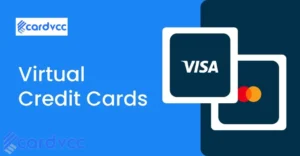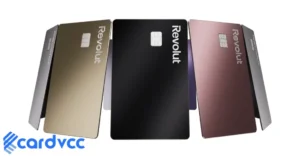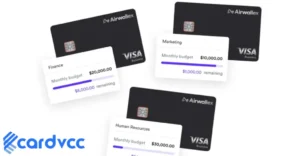Contact your credit card issuer to stop recurring charges. Cancel subscriptions directly with service providers.
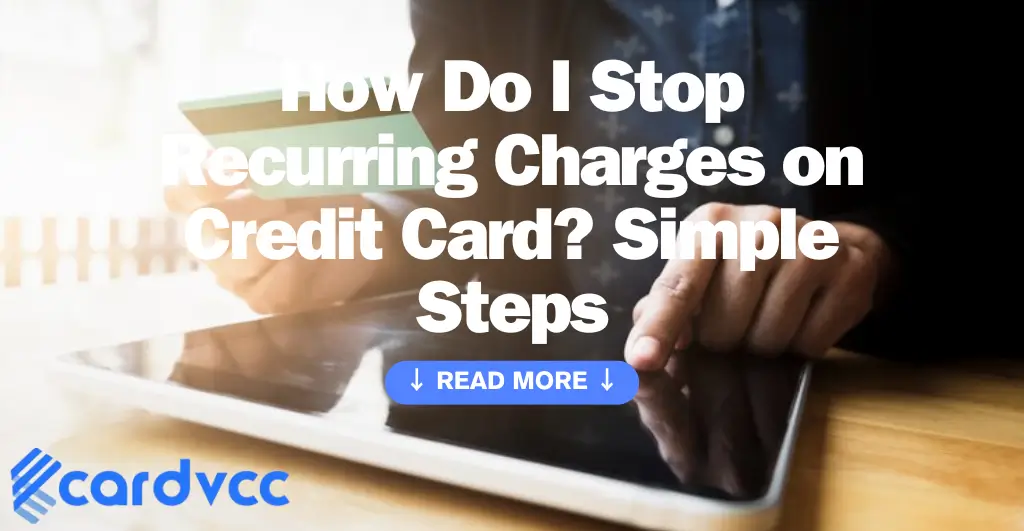
Recurring charges on your credit card can quickly add up and strain your finances. Whether it’s a forgotten subscription or an unwanted service, these charges can be a hassle to manage. The first step is to identify all active subscriptions linked to your card.
Contacting your credit card issuer will help you stop these charges. It’s also essential to cancel subscriptions directly with the service providers to ensure they don’t keep billing you. Regularly reviewing your statements can prevent surprise charges. This proactive approach will help you maintain better control over your finances.
Identify Recurring Charges
Recurring charges can slowly drain your finances. To stop these charges, you first need to identify them. This process involves reviewing your credit card statements and listing your subscriptions. Let’s break it down further.
Review Statements
Start by reviewing your recent credit card statements. Look through each transaction carefully. Highlight any charges that repeat monthly or annually. These are your recurring charges. Pay attention to small amounts as well. These can add up over time.
| Transaction Date | Merchant Name | Amount |
|---|---|---|
| 01/01/2023 | Netflix | $15.99 |
| 01/15/2023 | Spotify | $9.99 |
| 01/20/2023 | Amazon Prime | $12.99 |
List Subscriptions
Next, list all your subscriptions. This includes streaming services, magazines, and any other memberships. Write them down in a simple list. This will help you see all your recurring charges in one place.
- Netflix: $15.99/month
- Spotify: $9.99/month
- Amazon Prime: $12.99/month
- Hulu: $11.99/month
Once you have your list, decide which services you still use. Cancel the ones you don’t need. Contact the service provider to stop these charges. This will save you money every month.
Contact Service Providers
Stopping recurring charges on your credit card starts with contacting the service providers. This step is crucial for halting unwanted fees. It involves reaching out to the companies billing you. Here’s how you can do it:
Locate Contact Information
First, you need to find the service provider’s contact details. Check your billing statement or the company’s website. They often list phone numbers and email addresses there. You can also find contact information in the app, if they have one. Keep this information handy for the next step.
Request Cancellation
Once you have their contact details, get in touch with them. Clearly state that you want to cancel the recurring charges. Be firm but polite. Provide all necessary information they may need, such as your account number and billing details. Ask for a confirmation email or letter to ensure the cancellation is processed.
| Step | Action |
|---|---|
| 1 | Find the contact information |
| 2 | Contact the service provider |
| 3 | Request cancellation of recurring charges |
| 4 | Ask for confirmation of cancellation |
After contacting the service providers, monitor your credit card statements. Ensure no further charges are made. If charges continue, contact them again. Document all interactions for future reference.
Use Credit Card Tools
Credit card tools can help you stop recurring charges. These tools empower you to manage your finances better. They offer features that alert you to suspicious activities. They also give you control over how and when your card is used. Let’s explore some of these tools.
Set Up Alerts
Alerts keep you informed about your credit card activities. You can set up alerts for various events. These events include:
- Large purchases
- Foreign transactions
- Recurring charges
Most banks and credit card companies offer this feature. You can receive alerts via:
- Text messages
- Mobile app notifications
By setting up alerts, you can quickly identify unwanted recurring charges. This helps you take immediate action to stop them.
Utilize Card Controls
Card controls offer additional security and management options. These controls allow you to:
- Lock or unlock your card
- Set spending limits
- Restrict certain types of transactions
You can access these features through your bank’s mobile app or website. Locking your card temporarily disables it. This prevents any charges, including recurring ones. Setting spending limits helps you manage your budget. You can also restrict transactions by category. This stops unauthorized recurring charges from specific merchants.
By using these tools, you can effectively manage and control your credit card activities. This helps you avoid unwanted recurring charges and maintain financial health.
Monitor Account Regularly
Keeping an eye on your credit card account is crucial. It helps stop recurring charges. Regular monitoring can save you money. It also protects against fraud. Learn how to keep track of your account effectively.
Check Monthly Statements
Always check your monthly statements. Look for any unfamiliar charges. If you see something odd, contact your bank right away. Make sure all charges are correct. This ensures you only pay for what you buy.
Here’s a simple way to check your statements:
- Log in to your online banking.
- Download or view your recent statement.
- Compare it with your receipts.
- Highlight any unknown charges.
- Report discrepancies to your bank.
Track Spending
Tracking your spending helps avoid unwanted charges. Use apps or spreadsheets. Many banks offer tools to track spending. Keeping a record helps you see where your money goes.
Follow these steps to track your spending:
- List all your purchases.
- Use a mobile app or notebook.
- Update it daily.
- Review it weekly.
- Adjust your budget if needed.
By tracking your spending, you can spot recurring charges. Then, you can take steps to cancel them. This keeps your account safe and your budget in check.
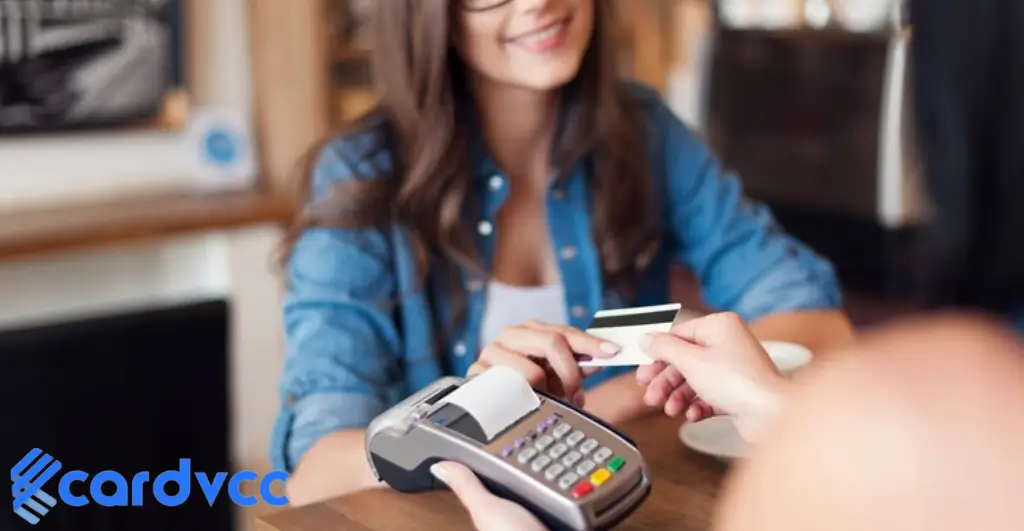
Do Virtual Credit Cards Offer Reliable Mitigation Against Cyber Scams?
In today’s digital world, online security is a big concern. Cyber scams are becoming more common. People need better ways to protect their money. One solution is virtual credit cards. But do they help? Let’s find out.
What Are Virtual Credit Cards?
A virtual credit card is a digital version of a physical card. It has a unique number, expiration date, and security code. You can use it to make online purchases. It links to your actual credit card or bank account.
How Do Virtual Credit Cards Work?
Virtual credit cards work like regular credit cards. You enter the card details at checkout. The merchant processes the payment. However, virtual cards have some special features. These features make them safer to use online.
- Unique Card Numbers: Each virtual card has a unique number.
- Limited Use: Some virtual cards can only be used once.
- Expiration Dates: Virtual cards may have short expiration dates.
- Spending Limits: You can set a spending limit on the card.
Benefits of Virtual Credit Cards
Virtual credit cards offer many benefits. These benefits help protect you from cyber scams.
1. Enhanced Security
Virtual credit cards provide better security. Since they use unique card numbers, your real card details stay safe. Hackers can’t steal your actual credit card information.
2. Limited Use
Some virtual cards are for one-time use. This means you can use them for a single purchase. If a hacker gets the card details, they can’t use it again. This limits the damage they can do.
3. Short Expiration Dates
Virtual cards often have short expiration dates. This makes them less useful to hackers. Even if they get the card details, the card may expire soon. This adds another layer of security.
4. Spending Limits
You can set a spending limit on virtual cards. This helps control how much money can be spent. If a hacker uses the card, they can’t spend more than the limit. This reduces your financial risk.
5. Easy To Create And Use
Creating a virtual card is easy. Many banks and online services offer them. For example, you can join Cardvcc and instantly create virtual credit cards. These cards are easy to use for online shopping.
How Virtual Credit Cards Mitigate Cyber Scams
Cyber scams are a major threat. Virtual credit cards help mitigate these risks. Here’s how they do it:
Preventing Unauthorized Transactions
Virtual credit cards help prevent unauthorized transactions. Since they use unique card numbers, hackers can’t access your real card. This stops them from making unauthorized purchases.
Reducing Exposure To Data Breaches
Data breaches are common. Hackers steal credit card information from online stores. If you use a virtual card, your real card details are safe. Even if a hacker gets the virtual card details, they can’t use them for long.
Controlling Spending
Virtual cards allow you to control spending. You can set a spending limit on the card. This helps prevent large unauthorized purchases. If a hacker uses the card, they can’t spend more than the limit.
Protecting Against Phishing Scams
Phishing scams trick people into giving away their credit card details. With virtual cards, you can use unique card numbers for each transaction. This reduces the risk of falling victim to phishing scams.
Are Virtual Credit Cards Foolproof?
While virtual credit cards offer many benefits, they are not foolproof. There are still some risks to consider. Here are a few:
Limited Acceptance
Not all merchants accept virtual credit cards. Some online stores may only accept physical cards. This can limit where you can shop.
Potential Technical Issues
Virtual cards rely on technology. Sometimes, there can be technical issues. For example, the card may not work properly. This can cause problems during checkout.
Fraudulent Websites
Some websites are created for fraud. They may look like real stores but are fake. Even if you use a virtual card, you can still lose money to these scams. Always shop from trusted websites.
Virtual credit cards offer reliable mitigation against cyber scams. They provide enhanced security, limited use, and spending control. These features help protect your financial information online. However, they are not foolproof. It’s important to stay vigilant and shop from trusted websites. Consider using virtual credit cards for safer online shopping. Join Cardvcc and instantly create virtual credit cards. They can help keep your money safe from cyber scams.
Take Action Today
Protect yourself from cyber scams. Use virtual credit cards for online purchases. Join Cardvcc and create your virtual card today. Stay safe and secure online.
Handle Unauthorized Charges
Unauthorized charges on your credit card can be a nightmare. You must act quickly to avoid further losses. This section guides you through the steps you need to take.
Report To Card Issuer
Contact your card issuer immediately if you notice any unauthorized charges. Most banks have a dedicated fraud department. Use their toll-free number found on the back of your card.
Provide all necessary details when you report the unauthorized charges. This includes the transaction date, amount, and any other relevant information.
Request a new card to prevent further unauthorized charges. Your bank will usually issue a new card with a different number.
Dispute Charges
File a dispute for the unauthorized charges. Your card issuer will guide you through the process. You may need to fill out a form or send an email.
Gather evidence to support your dispute. This can include receipts, emails, or screenshots. The more information you provide, the better your chances of a successful dispute.
Follow up with your card issuer regularly. Make sure they are processing your dispute. Keep a record of your communications for future reference.
Unauthorized Charges Checklist
| Step | Action |
|---|---|
| 1 | Contact card issuer |
| 2 | Provide transaction details |
| 3 | Request a new card |
| 4 | File a dispute |
| 5 | Gather evidence |
| 6 | Follow up regularly |
Opt For Virtual Cards
Recurring charges on credit cards can be frustrating and costly. One effective way to manage these charges is by using virtual cards. Virtual cards offer an extra layer of security and control over your transactions. These cards are especially useful for online purchases and subscriptions.
Generate Virtual Numbers
Virtual cards allow you to generate unique card numbers for each transaction. This means you won’t share your actual credit card number online. You can create a new virtual number for every vendor. This reduces the risk of unauthorized charges.
- Easy to generate
- Unique for each vendor
- Reduces risk of unauthorized charges
Manage Expiration Dates
With virtual cards, you can set specific expiration dates for each card number. This feature is particularly useful for trial subscriptions. You can set the virtual card to expire at the end of the trial period. This ensures you won’t be charged for unwanted renewals.
| Feature | Benefit |
|---|---|
| Set expiration dates | Prevent unwanted charges |
| Control over renewals | Manage subscriptions easily |
- Generate a virtual card number
- Set an expiration date
- Use for subscriptions or online purchases
Using virtual cards can save you money and stress. It’s a simple yet effective way to take control of your finances.
Review Terms And Conditions
Understanding the terms and conditions of your credit card agreements is vital. This ensures you are aware of any recurring charges. By reading these terms, you can prevent unwanted fees and manage your expenses better.
Understand Cancellation Policies
Every service you subscribe to has specific cancellation policies. These policies explain how you can stop services. They also tell you about any fees for canceling early.
To find this information, check the provider’s website or your service agreement. If necessary, contact customer service for clarification. Knowing these policies helps you avoid unexpected charges.
Know Trial Periods
Many services offer trial periods. These trials let you use the service for free or at a reduced rate for a limited time. It’s important to know the length of the trial and the terms for canceling.
Use a table to keep track of your trial periods:
| Service | Trial End Date | Cancellation Process |
|---|---|---|
| Streaming Service | July 15, 2023 | Cancel online via account settings |
| Fitness App | August 1, 2023 | Email customer support |
Set reminders to cancel before the trial ends. This prevents automatic charges to your credit card.
Consider Alternative Payment Methods
Recurring charges on credit cards can be a hassle. One effective way to manage this issue is by considering alternative payment methods. This approach can help you avoid unexpected charges and maintain better control over your finances. Below are some alternative payment methods to consider.
Use Debit Cards
Debit cards offer a straightforward way to manage your spending. You can only spend what you have in your account. This limits the risk of overspending and incurring debt. Also, many banks offer fraud protection on debit cards. This can give you peace of mind while making transactions.
Here are some benefits of using debit cards:
- Real-time spending: See your balance decrease immediately.
- Lower risk of debt: No interest charges or late fees.
- Widely accepted: Use them at most places where credit cards are accepted.
Employ Digital Wallets
Digital wallets are another great alternative. They store your payment information securely. You can use them for online and in-store purchases. Popular options include Apple Pay, Google Wallet, and PayPal. These services often offer extra security features.
Here are some advantages of digital wallets:
- Enhanced security: Use encryption and tokenization for safe transactions.
- Convenience: Pay with your phone or smartwatch.
- Quick transactions: Faster than entering card details manually.
Consider using these payment methods to stop recurring charges on your credit card. This can help you manage your finances more effectively.

Frequently Asked Questions
How Can I Stop A Recurring Payment On My Credit Card?
Contact your bank or credit card issuer. Request to cancel the recurring payment. Check your account statements for confirmation.
Is It Possible To Block A Recurring Transaction?
Yes, you can block a recurring transaction. Contact your bank or card issuer to request a stop. You might also need to notify the merchant directly.
How Do I Cancel An Automatic Recurring Payment?
To cancel an automatic recurring payment, log into your account. Navigate to the payment settings. Find the recurring payment option and select cancel. Confirm your cancellation to complete the process.
How To Cancel Recurring Card Payments?
To cancel recurring card payments, contact your bank or card issuer. Request to stop the payments. Check your account for confirmation.
Conclusion
Stopping recurring charges on your credit card requires diligence and proactive steps. Regularly review your statements and cancel unwanted subscriptions. Contact your credit card issuer for assistance if needed. Always keep your financial information secure. By following these tips, you can avoid unnecessary charges and maintain better control over your finances.
Read More- Buy VCC with Cryptocurrency

